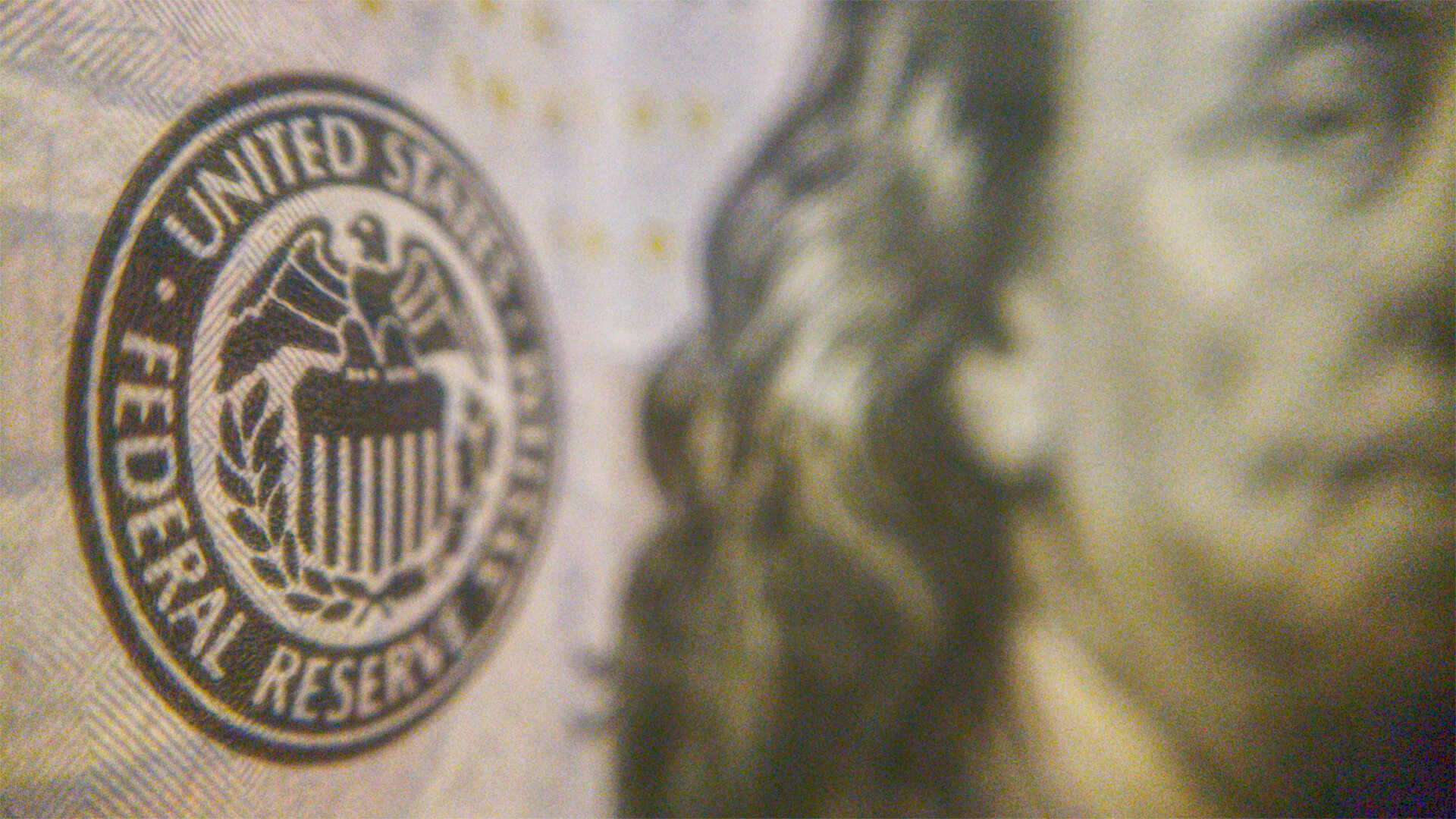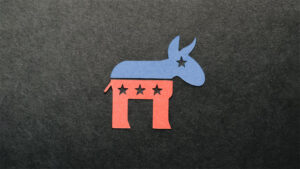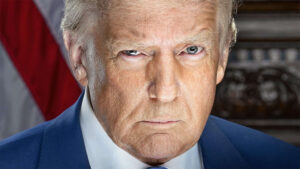Jerome Powell has been on the receiving end of Trump’s threats and the markets have reacted negatively to the undermining of the Fed’s credibility. Here’s the full picture.
The Fed is raising rates to combat inflation driven by Trump’s tariffs. Higher rates = more expensive borrowing = slower economic activity. A necessary evil to prevent an inflation spiral. Trump wants rates lowered to encourage economic growth, counter to the Fed’s mandate. There’s no legal ground for Trump to fire Powell unless he wants to alter the Fed’s charter through Congress. Which, to be frank, is a feasible route given a weakened Republican party unlikely to resist.
Stagflation is just the tip of this iceberg. A deep recession is lying just beneath the surface, and Trump’s undermining of the Fed’s independence would only surface more problems.
Transcript
Peter Zeihan here. Coming from Canada….Coming to you from Colorado. Sorry. It’s been a long week. One of the big things that happened in the week ending April 25th. On a number of occasions, Donald Trump indicated that he planned to fire the Federal Reserve chairman, Jerome Powell. Eventually he backed out and said it was just a joke.
And he never really considered it. But the damage has been done in the markets are kind of on fire in a bad way. So why does this matter? Well, the Federal Reserve is responsible for determining the monetary policy of the economy. And the tool that is generally gets the most publicity and is most directly relevant to most of us is interest rates.
When the fed raises interest rates, everyone else in the economy that is involved on the credit side of things raises the cost of everything. Whether it’s your mortgage rate, your car rate, or your credit card rate. And so higher rates means that it costs you more to do whatever it is you want to do, and your mortgage will go up.
Well, if you get a new mortgage, you’ll be more expensive. You get a new car, it’ll be more expensive if you do a purchase on layaway, it’ll get more expensive. And when you do that, you slow down economic activity. And that is the intent to slow down economic activity, because what they’re trying to do is suppress demand.
Because if you suppress demand, enough inflation goes down. And courtesy of the Trump tariffs, we have a significant inflation problem that is only going to get more intense in the weeks to come, as the product that used to come in from China is no longer arriving. So we have product shortages. And the fed is anticipating that the Trump tariffs on China, in addition to all the other Trump tariffs, are simply going to generate shortages in supply, and they want to reduce demand to match it.
So we don’t have an inflation spiral. Trump doesn’t like this. He wants economic activity to be robust. And so he’s pressuring Powell and the fed to drop interest rates in order to reduce those credit costs.
So the consumption remains stable or even better, goes higher and generates faster economic growth. But if you do that, you get higher inflation. So three things come from this.
First of all, the Federal Reserve is not going to bend the knee to Donald Trump because it legally cannot. The Federal Reserve Charter as established by Congress is very clear. The Federal Reserve is supposed to achieve a balance between inflation concerns and growth and employment concerns.
But when the two sides clash, it always should go with inflation, because getting inflation under control can be very difficult and in some cases can take years and trigger massive recessions. But boosting growth is easy. You just make the credit easier and it can come back roaring in weeks to months. So Donald Trump is not going to get his wish here.
So the threats against the Federal Reserve chair probably going to continue. Which brings us to the second thing the president can fire the Federal Reserve chair for cause. And for cause does not include doing your damn job. So if Donald Trump were to fire Jerome Powell, two things. I mean, number one, it would go through the courts over and over and over again.
And the federal charter is pretty clear or so. It’s pretty obvious to me that the Trump administration would lose that fight and would be very public and would be very humiliated. And I think Donald Trump knows that. In addition, power would still be on the Federal Reserve Board for another two years. So it’s not like it’s going to generate some sort of activity that is all of a sudden going to be in Donald Trump’s favor.
And I think he realizes that now. That’s one of the reasons why the threats have stopped a little bit. Which brings us to the third issue. If this is what Trump wants to do, if he really wants lower interest rates, if he really wants a looser monetary policy, he can get that without replacing the fed chair.
He just has to change the Federal Reserve Charter. And that just requires an act of Congress. In that, considering that he’s basically ripped the backbone out of the Republican Party that is normally in favor of fed independence, it would be a much easier route. So as the economy starts to slow, as inflation starts to tick up to levels that are incredibly uncomfortable, expect a Trump to slam his head in the fed a few more times, and then just go to Congress, and we will find out at that point whether or not there’s anything left in the Republican Party that can stand up to Trump when he makes a very, very, very bad economic decision, because we’re already in an environment where stagflation is our best case scenario. And if the tariffs continue in their current form, much less get expanded as Trump says they’re going to be. We are looking at a very deep, dark recession, just a few weeks from now.
And gutting the independence of the Federal Reserve will only make it deeper and darker.








